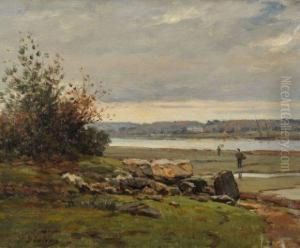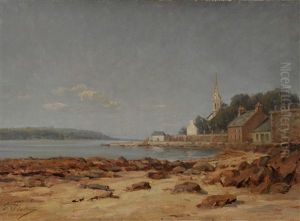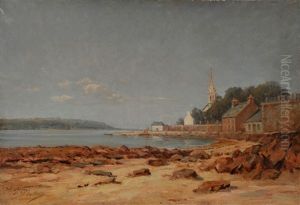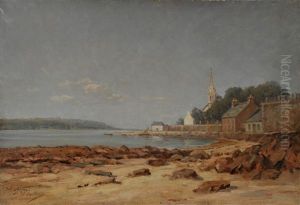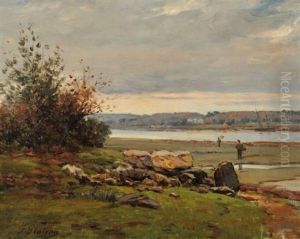Francois-Marie Plateau Paintings
François-Marie Plateau was a Belgian physicist, born on October 14, 1801, in Brussels. He is best known for his work on the phenomena of visual perception and optical illusions. Although not an artist in the traditional sense, Plateau's contributions to the understanding of visual processes had a significant impact on the development of motion pictures, and thereby on the visual arts.
Plateau was educated at the University of Liège, where he studied physical and mathematical sciences. In 1829, he completed his doctoral dissertation, which explored the persistence of images on the retina, laying the groundwork for future research into motion perception. He became a professor of experimental physics at Ghent University in 1835, a position he held until 1855 when he lost his sight, possibly due to prolonged exposure to sunlight during his experiments.
One of Plateau's most notable contributions was the invention of the phenakistoscope in 1832. This device consisted of a spinning disc attached to a handle. Around the edge of the disc were a series of images showing sequential phases of a motion, such as a dancer turning around or a juggler tossing balls. When the disc was spun and viewed in a mirror through slits in the disc, the images appeared to be in motion, creating one of the first forms of moving pictures.
Plateau's work on the phenakistoscope and other aspects of visual perception was pioneering and foreshadowed later developments in cinematography and animation. His explorations of optical illusions also led to a better understanding of human vision and influenced artists interested in playing with visual perception and movement.
Despite his blindness later in life, Plateau continued to be actively involved in scientific research with the help of his son and his son-in-law. Plateau passed away on September 15, 1883, in Ghent. His legacy lives on in the Plateau’s problem in fluid dynamics and the Plateau's laws concerning soap films, which are named after him, as well as in the ongoing study of visual perception and motion in both science and the arts.
